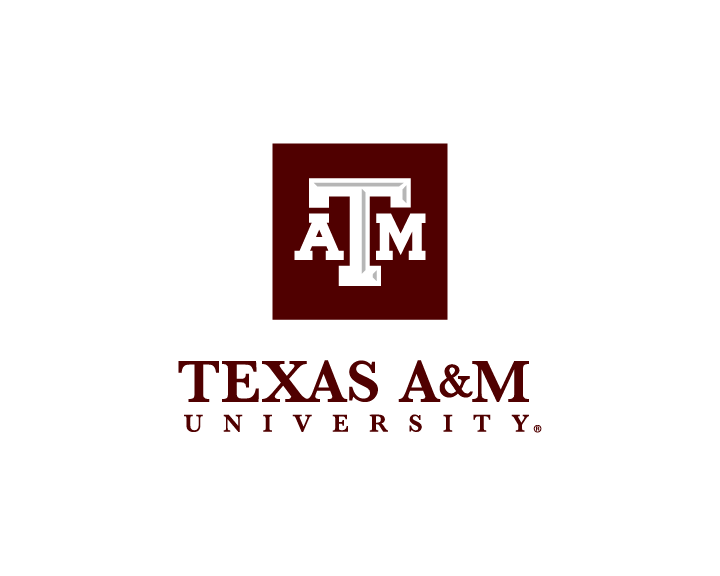Texas A&M: Ballot Integrity Research Supported By $1.2 Million NSF Grant
A research team led by Nitesh Saxena, professor in the Department of Computer Science and Engineering at Texas A&M University, received part of a $1.2 million grant from the National Science Foundation’s Secure and Trustworthy Cyberspace program to investigate the robustness and security of election systems that read hand-marked paper ballots.
Saxena is working on the project in conjunction with Dan Wallach, professor in the Departments of Computer Science and Electrical and Computer Engineering at Rice University, and Chengcui Zhang, professor in the Department of Computer Science at the University of Alabama at Birmingham. The Texas A&M team received nearly $400,000.
Across the country, nonpartisan election officials face a demand to produce the results of local and state elections quickly and accurately. While modern machine-learning and deep-learning techniques have revolutionized how computers “see” the world, even the most sophisticated systems used to scan and process hand-marked ballots primarily look at the average darkness across bubble targets on a sheet. As a result, traditional paper ballot scanners can miss partially filled-in marks or misclassify stray marks and scanner noise as filled-in bubbles, depending on how they’re configured.
In addition, existing systems are not inherently designed to identify potentially fraudulent voting cases where a single voter has filled out multiple ballots.
The proposed research aims to respond to these issues by building an artificial-intelligence system called Bubble Aid. By training on data from millions of actual ballots, the system will use modern computer vision and learning techniques to recognize hand-marked bubble targets more effectively than existing systems.
“Our research could lead to significant efficiency and improved security, helping election officials focus their attention on the ambiguous ballots that require the most manual attention, as opposed to the majority of ballots that were tabulated correctly,” Saxena said. “We also anticipate that our work on hand-marked ballots could be applied to other hand-marked forms, such as the ones used in standardized testing.”

